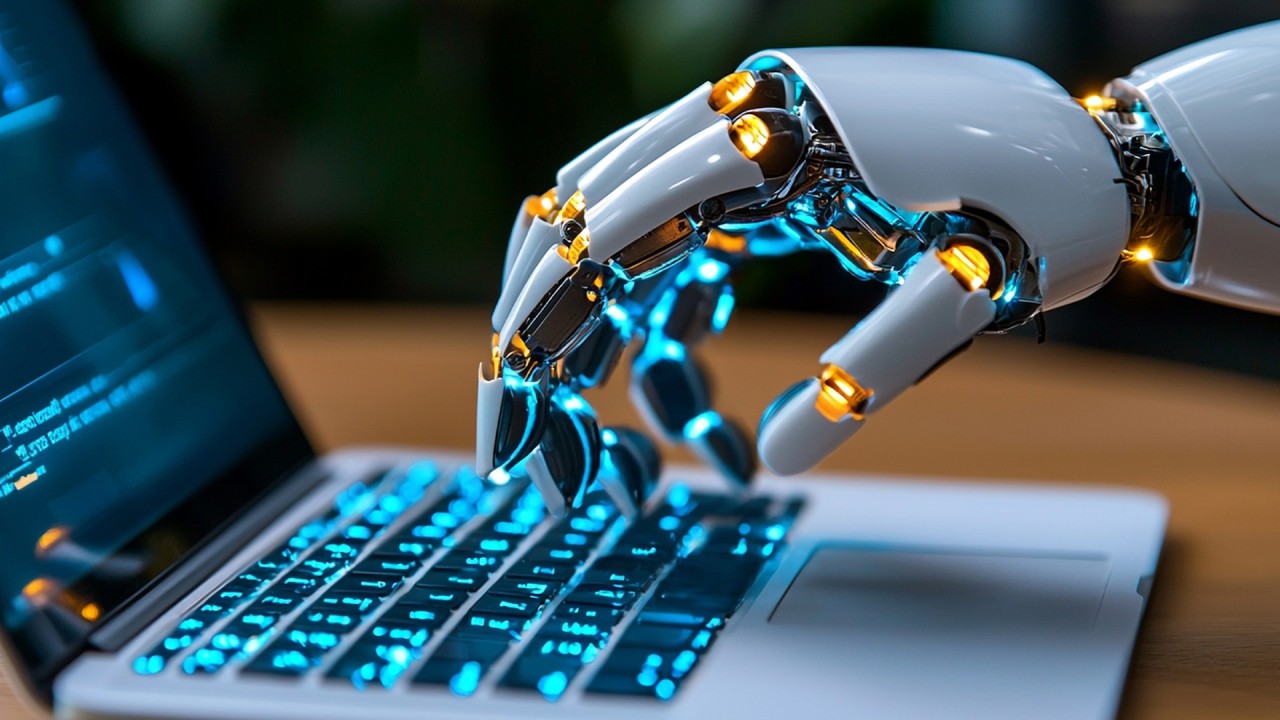We’ve all seen the evolution in hiring practices over the years, from paper resumes to AI-driven tools. As you’re likely experiencing, AI and machine learning technologies are transforming talent acquisition processes, making them faster, smarter, and more efficient.
In what specific ways is technology reshaping recruitment? And how will this impact HR departments and job candidates? I’ll outline the main points.
1. Smarter Screening of Resumes (Goodbye to the Piles of Papers!)
The Issue
Sifting through hundreds of resumes manually to find the right candidate is time-consuming, monotonous, and prone to human bias.
The Solution Brought by AI
- Ranks existing experience against relevant skills using Natural Language Processing (NLP).
- Machine learning algorithms screen candidates based on job fit, saving recruiters significant time.
- Reduces bias by focusing solely on qualifications, ignoring names, genders, or ethnicities.
Personal Illustration:
An HR acquaintance once shared that she spent three consecutive days reviewing applications for a single position. Switching to an AI-based Applicant Tracking System (ATS) made her screening process far more productive, finding better candidates while cutting 70% of her previous time investment.
2. Chatbots: Your 24/7 Recruiting Assistant
What if a candidate wanted to apply for a position at midnight and had their questions answered immediately? That’s exactly what AI-powered chatbots offer with their automation features.
Why It Works
- Instant engagement: Everything is handled in real-time without waiting for email replies.
- Automated scheduling: Chatbots manage interview bookings.
- Consistent candidate experience: Each applicant receives the same engagement from the business, regardless of qualifications.
Pro Tip: Businesses using Controlio employee time-tracking apps can further enhance onboarding processes by incorporating AI chatbots.
3. Predictive Analytics: Hiring Before You Even Need To
Imagine detecting patterns of potential employee attrition or identifying skill gaps well before critical project deadlines.
How Predictive AI Helps
- Detects behavioral patterns to predict how soon employees might leave the company.
- Identifies internal candidates eligible for promotions with high value-add potential.
- Targets job vacancy ads based on internal skill sets, forecasting roles anticipated to be filled by high-caliber professionals.
Real-World Impact:
A tech startup I worked with applied predictive analytics and reduced turnover by over 30% by identifying unhappy employees early and addressing their concerns.
4. Initiating Video Interviews with Insights Provided Through Artificial Intelligence
Video interviews, including remote interviews through platforms like Zoom, are becoming widely accepted. AI evaluates candidates’ facial expressions, tone, and word choice to assess:
- Discussing skills
- Fit within existing organizational culture
- Emotional intelligence
But here’s the catch.
While AI enhances objectivity, human input remains critical. The most effective systems combine insights from artificial intelligence with the wisdom of human recruiters for optimal results.
5. Seamless Integrations for a Unified Hiring Process
Recruitment technology performs best when systems communicate seamlessly. That’s where integrating an API management gateway comes in.
Benefits of API-Driven Recruitment
- Creates a cohesive flow that syncs ATS, HRIS, onboarding, and other tools.
- Transfers data automatically, eliminating manual entry errors.
- Enhances security by providing controlled access to candidate information.
Final Thoughts: AI Is Here to Help, Not Replace
AI and machine learning focus on empowering recruiters, not replacing them, by freeing up time for tasks only humans can perform, such as
- Relationship building
- Strategic hiring decision-making
- Providing an excellent candidate experience
Next Steps for HR Teams
- Test one AI feature, like resume screening or chatbots.
- Blend AI-driven insights with human intuition and experience.
- Ensure your integrated tech stack functions for optimal productivity.




